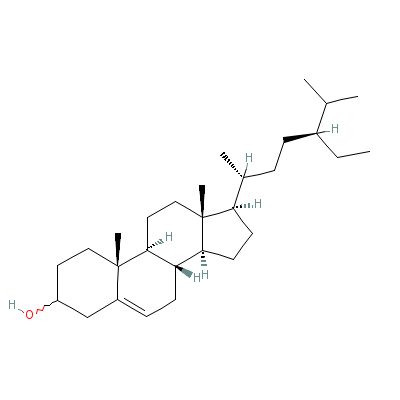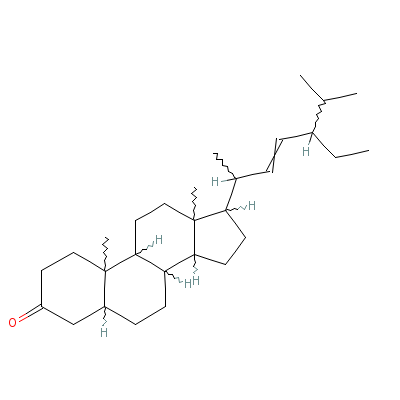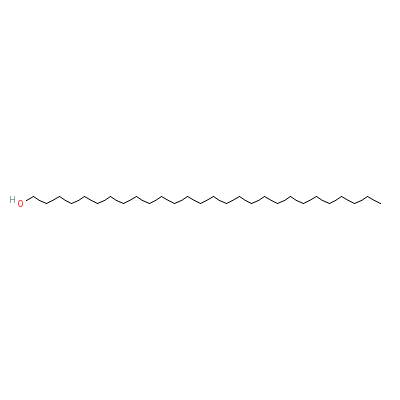Ophiopogon japonicus (Thunb.) Ker Gawl. |
| |
|
|
Botanical Name |
: |
Ophiopogon japonicus (Thunb.) Ker Gawl. |
English
Name |
: |
Dwarf lilyturf, Mondograss, Snake's-beard, Fountain plant, Monkey grass |
Synonym(s) |
: |
Convallaria japonica Thunb., Ophiopogon chekiangensis K. Kimura & Migo |
Family |
: |
Ruscaceae |
| |
General Info
| Description |
 |
|
An evergreen, sod-forming perennial plant. The leaves are linear, 20-40 cm long. The flowers are white to pale lilac, borne in a short raceme on a 5-10 cm stem. The fruit is a blue berry 5 mm diameter. |
| Herb Effects |
 |
|
Antitussive, anticancer, aphrodisiac, expectorant, pectoral, sedative, sialogogue, stomachic and tonic (root); antipyretic, antiscrofulatic, antitussive, emollient, expectorant and tonic (plant) |
Chemistry
| Active Ingredients |
 |
|
Beta-sitosterol, beta-Sitosterol-beta-D-glucoside, ruscogenin, stigmasterol (root); octacosanol, triacontanol (plant) |
| Chemistry
of Active Ingredients |
 |
|
|
 |
Name |
CAS# |
IUPAC Name |
Formula |
Structure |
 |
|
| Beta-sitosterol |
5779-62-4 |
17-(5-ethyl-6-methyl
-heptan-2-yl)-10,13-
dimethyl-2,3,4,7,8,9
,11,12,14,
15,16,17
-dodecahydro-1H-cycl
openta[a]phenanthren
-3-ol |
C29H50O |

|
| beta-Sitosterol-beta-D-glucoside |
Not Available |
(2R,3R,4S,5R,6R)-2-[
[(3S,8S,10R,13R,17R)
-17-(5-ethyl-6-methy
l-heptan-2-yl)-10,13
-dimethyl-2,3,4,7,8,
9,11,12,14,15,16,17-
dodecahydro-1H-cyclo
penta[a]phenanthren-
3-yl]oxy]-6-(hydroxy
methyl)oxane-3,4,5-t
riol |
C35H60O6 |
|
| Ruscogenin |
Not Available |
Not Available |
C27H42O4 |
|
| Stigmasterol |
4736-55-4 |
17-(4-ethyl-1,5-dime
thyl-hex-2-enyl)-10,
13-dimethyl-1,2,4,5,
6,7,8,9,10
,11,12,1
3,14,15,16,17-hexade
cahydrocyclopenta[a]
phenanthren-3-one |
C29H48O |

|
| Octacosanol |
67905-27-5 |
Octacosan-1-ol |
C28H58O |

|
| Triacontanol |
28351-05-5 |
Not Available |
Not Available |
|
|
Pharmacology
| Medicinal Use |
 |
|
The roots are used internally in the treatment of dry coughs, fevers, thirst, dry constipation, insomnia, anxiety, irritability and palpitations. It is also frequently used in polyherbal treatments of diabetes mellitus. The roots have an antibacterial action, inhibiting the growth of Staphylococcus, E. coli, Bacillus subtilis, B. typhi etc. Nodules on the fibrous roots are used as a nutritive tonic in the treatment of TB. The plant is used to lower blood pressure. |
| Contraindication |
 |
|
1. Contraindicated in patients with cough due to Wind Cold or due to Phlegm and Dampness.
2. Contraindicated in patients with diarrhea due to
Cold from Spleen and Stomach Deficiency. |
Dealers
Products
|
|